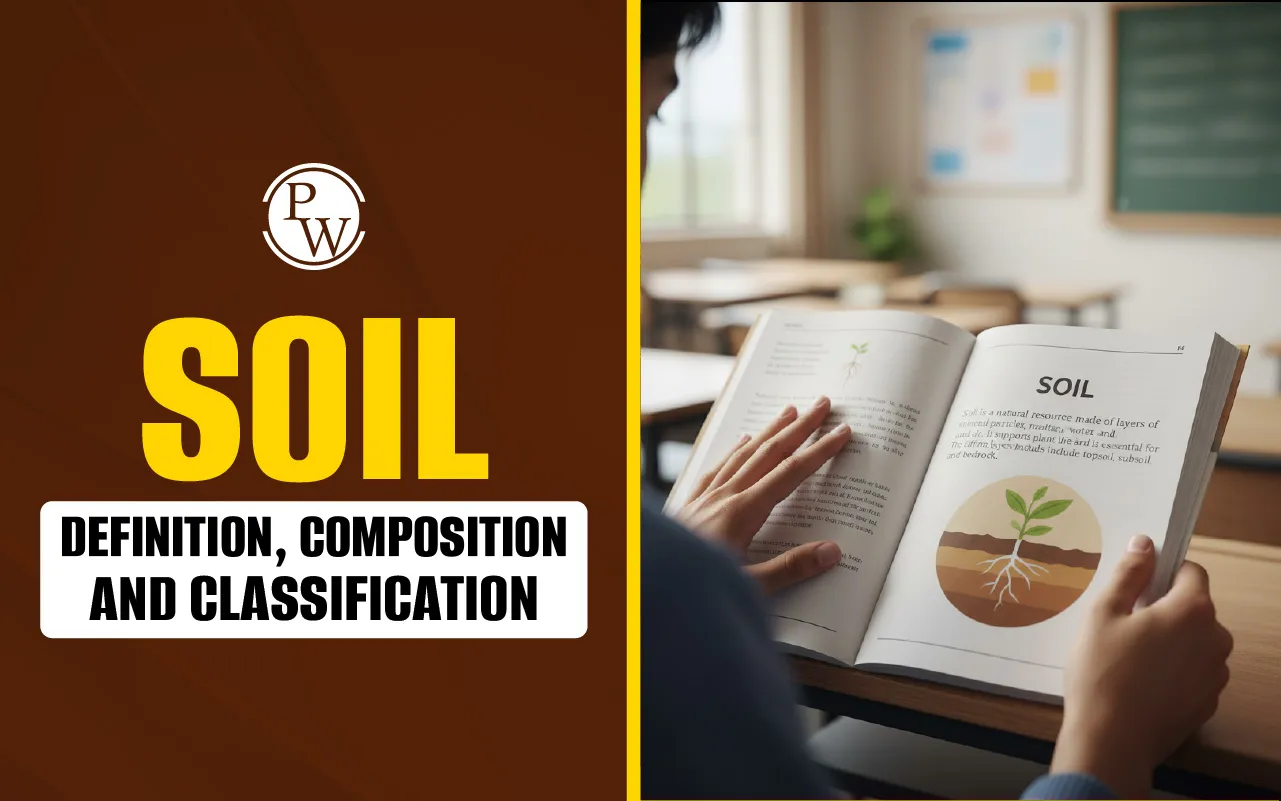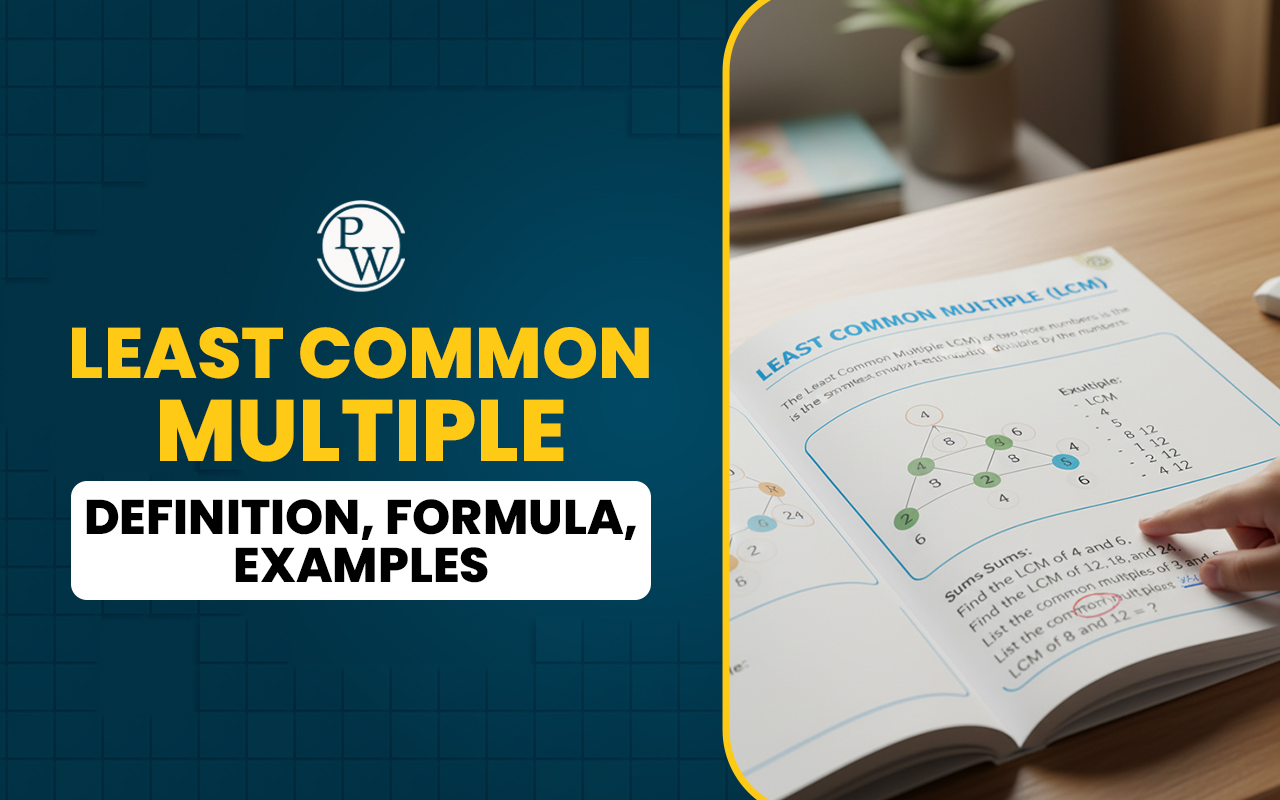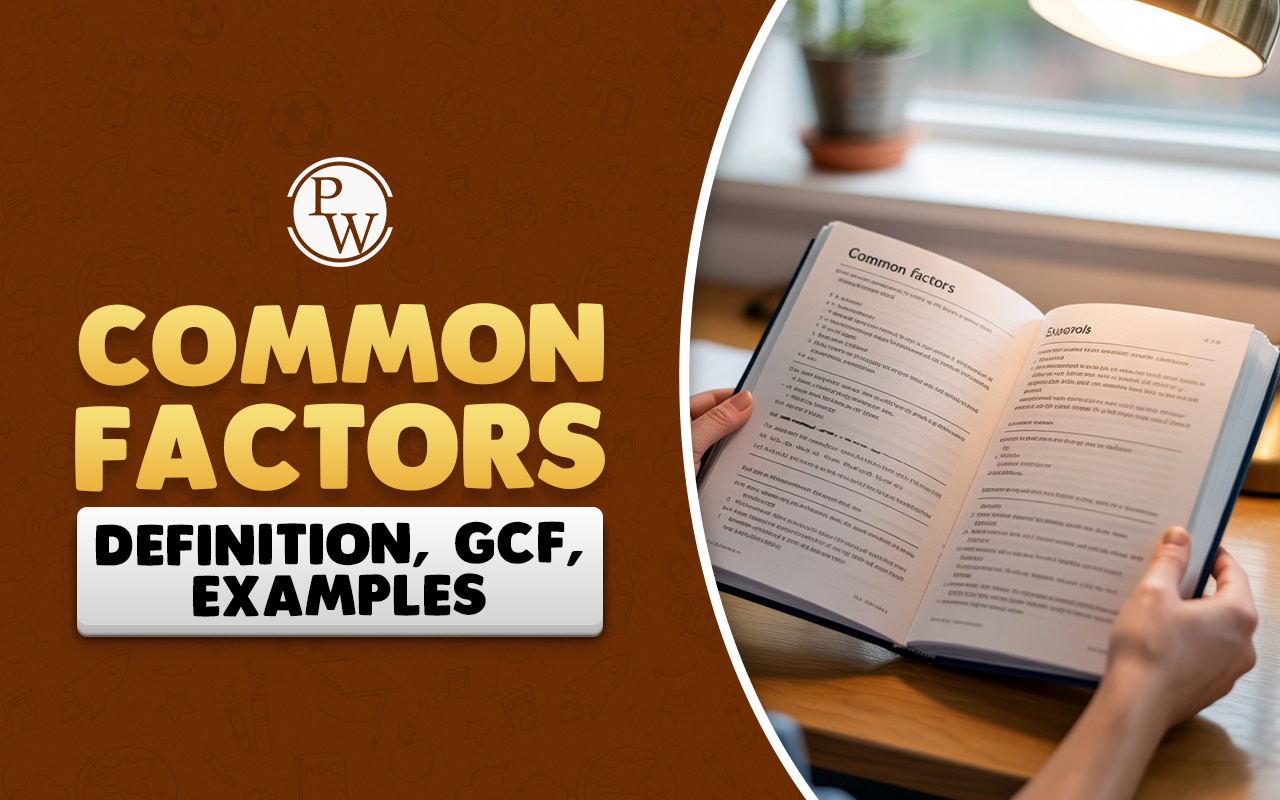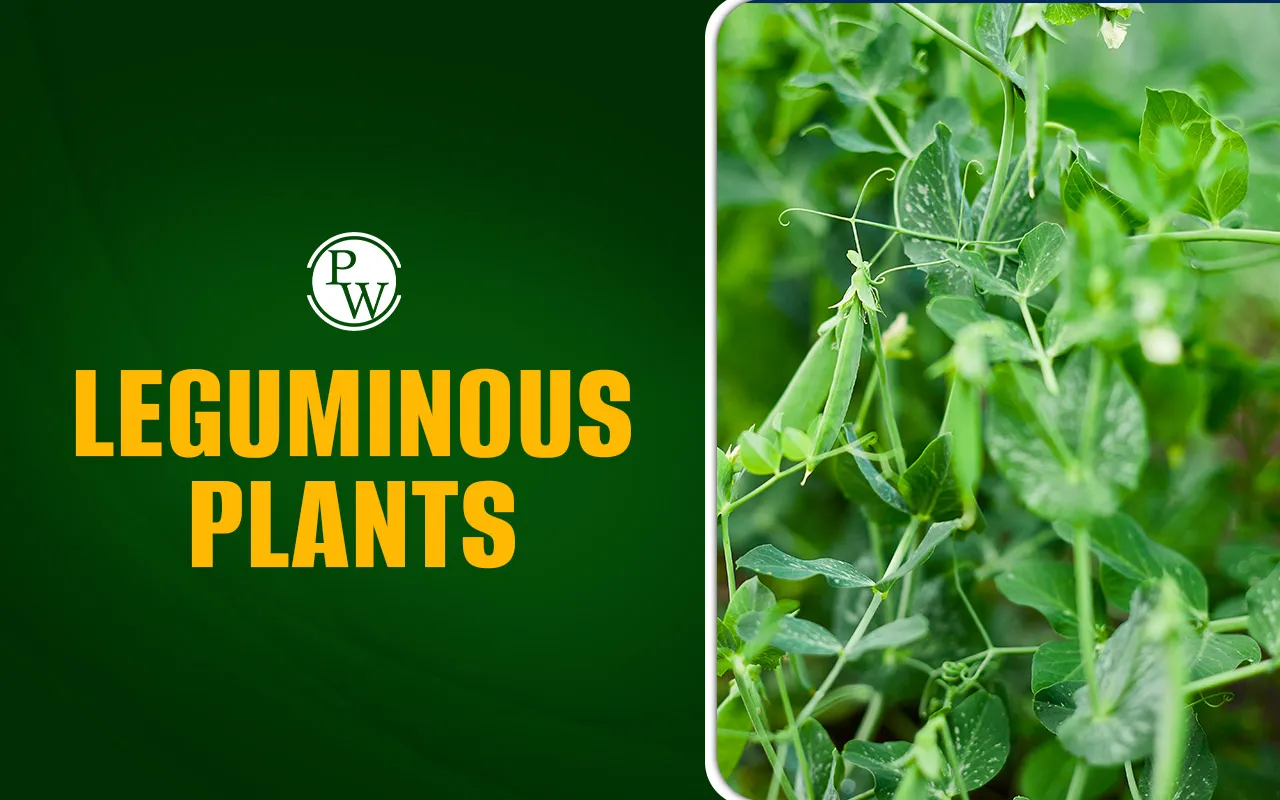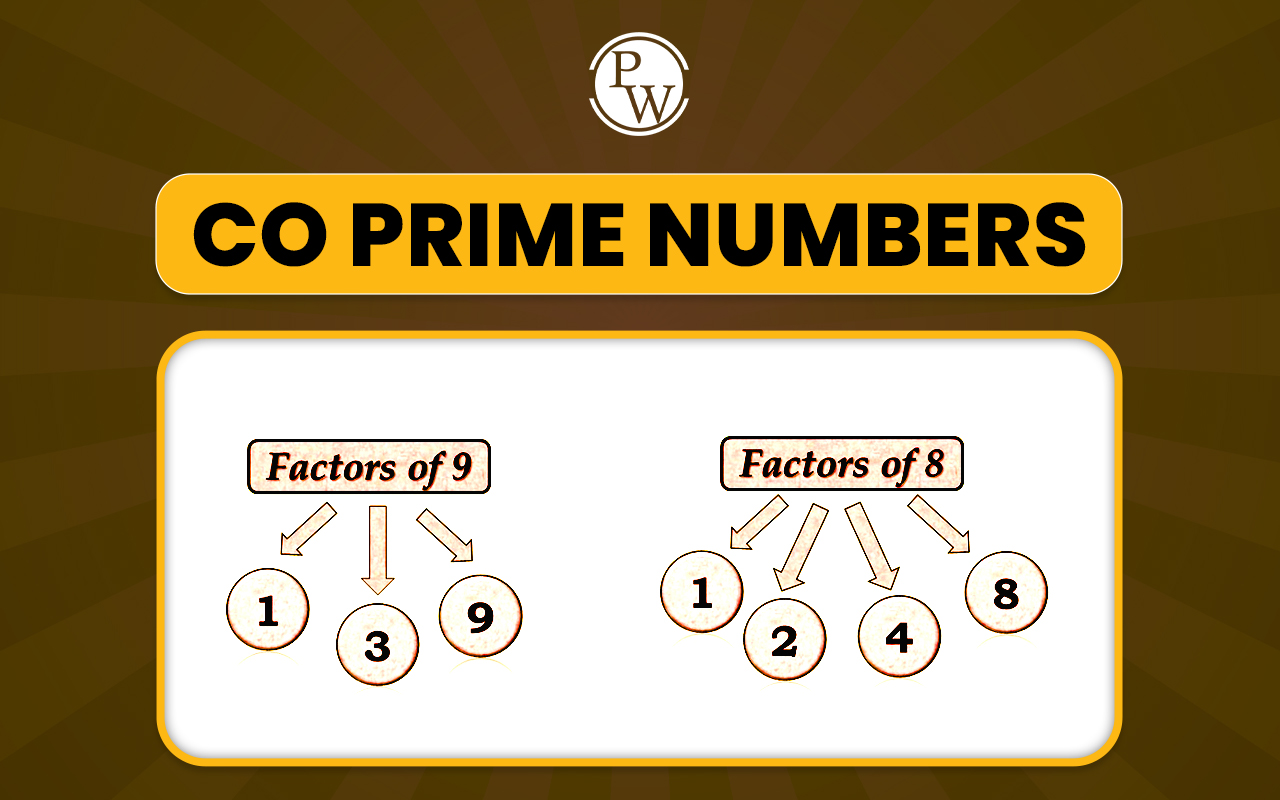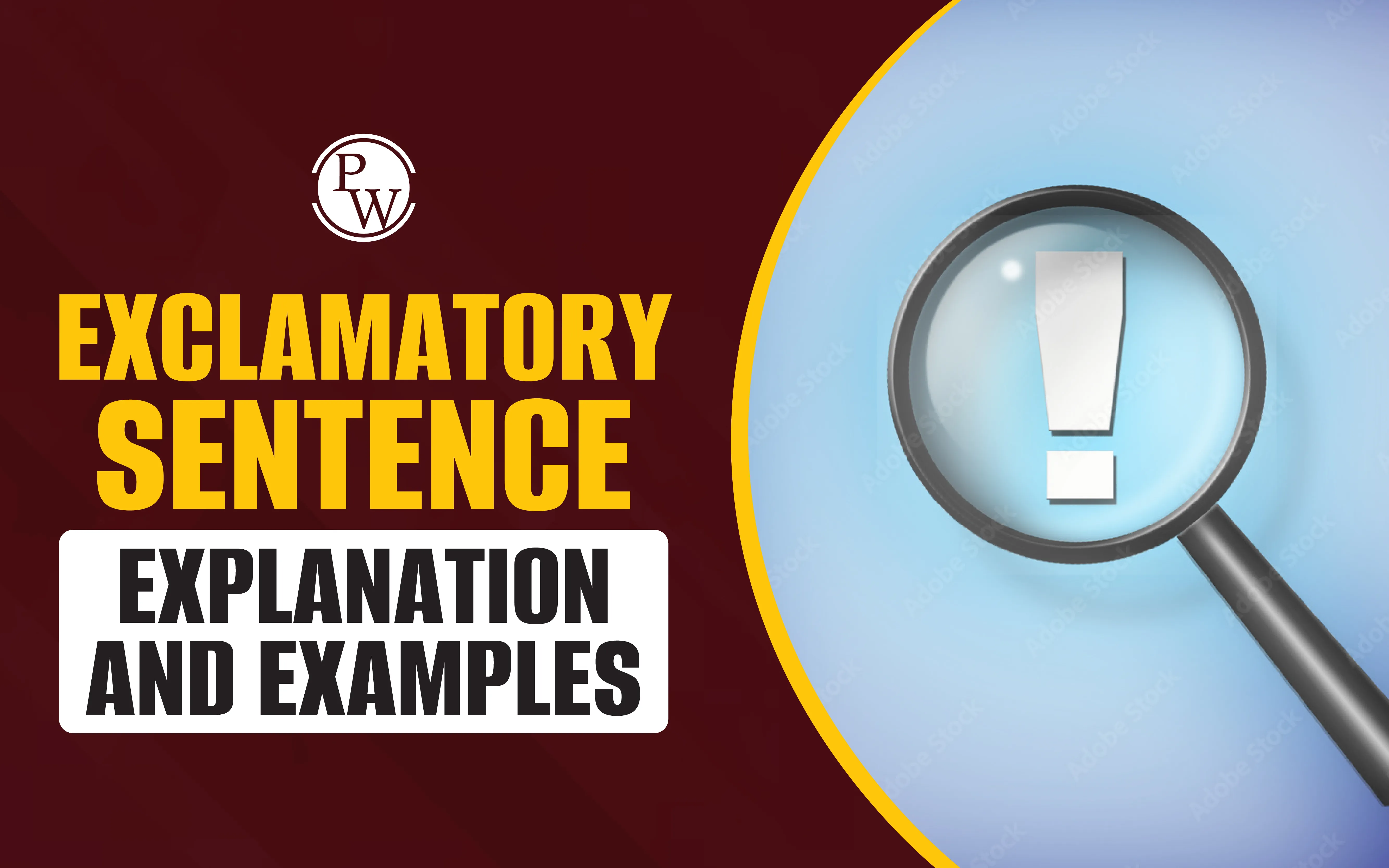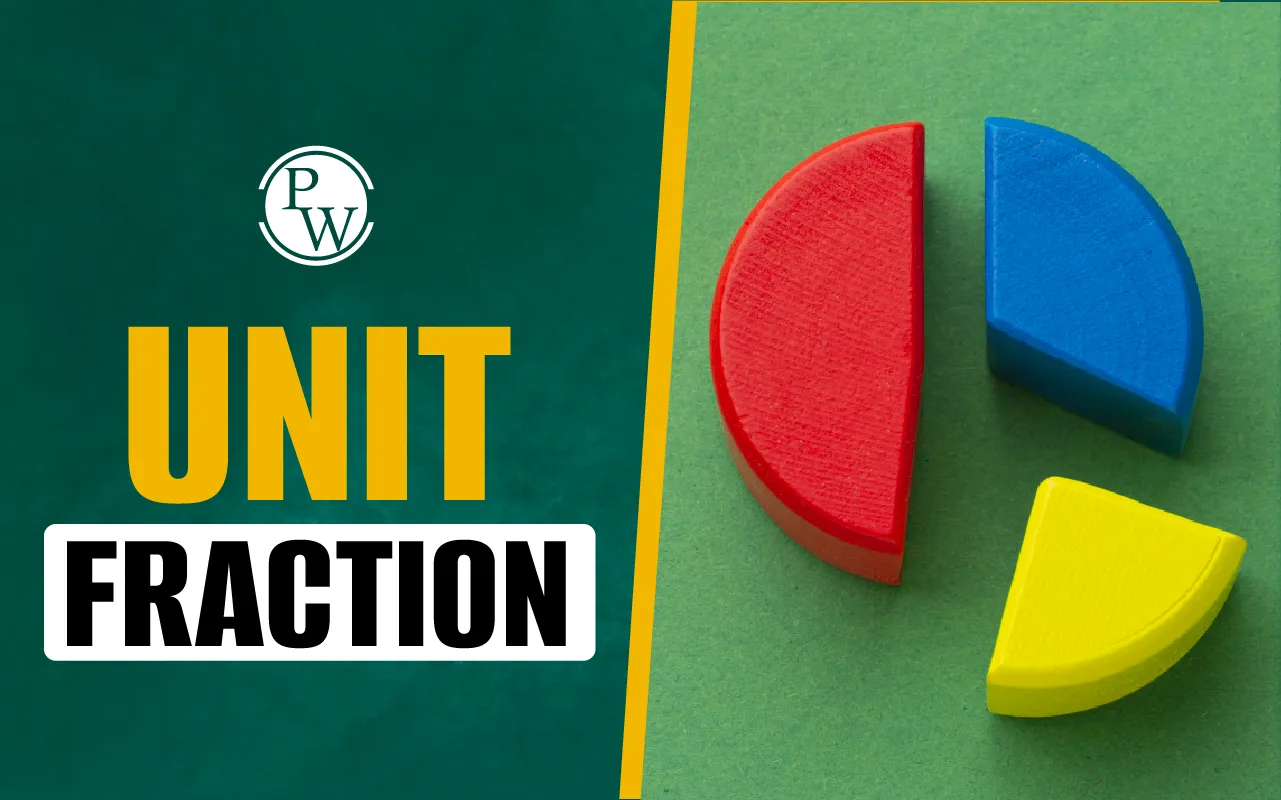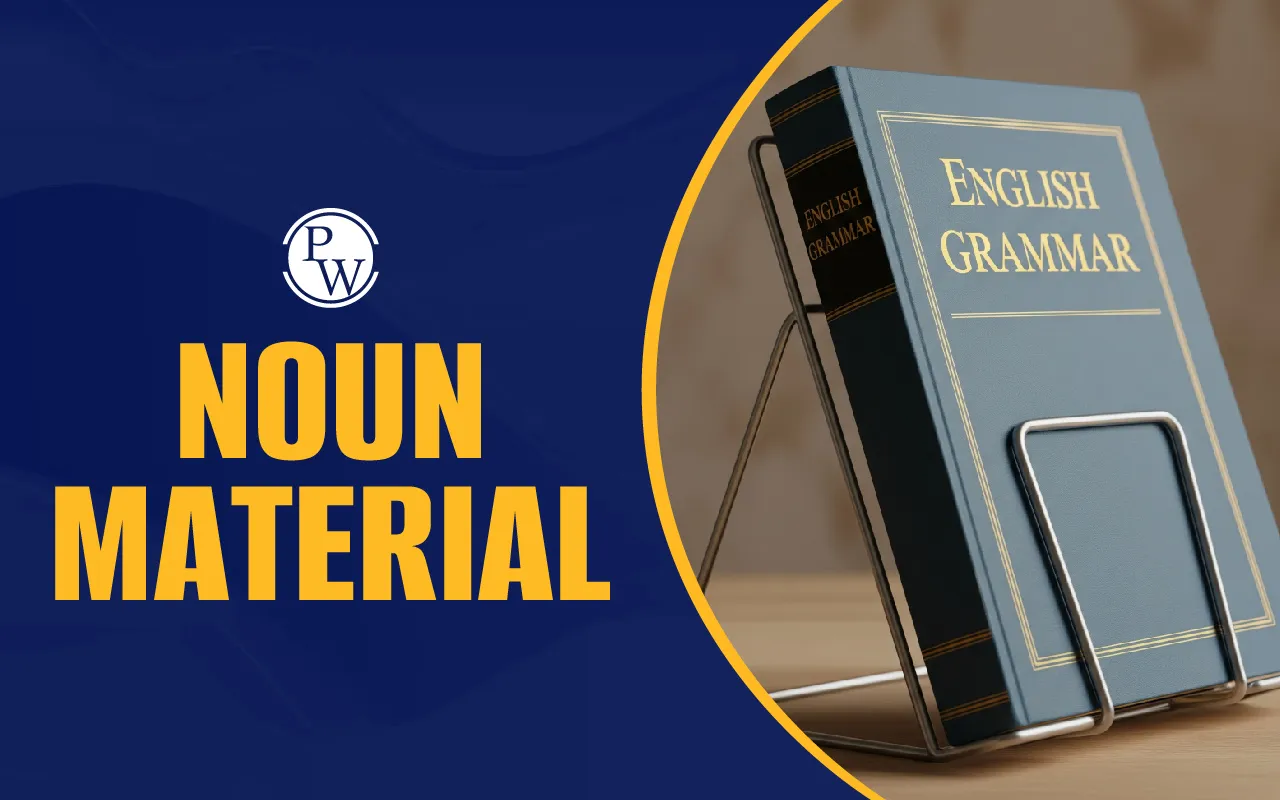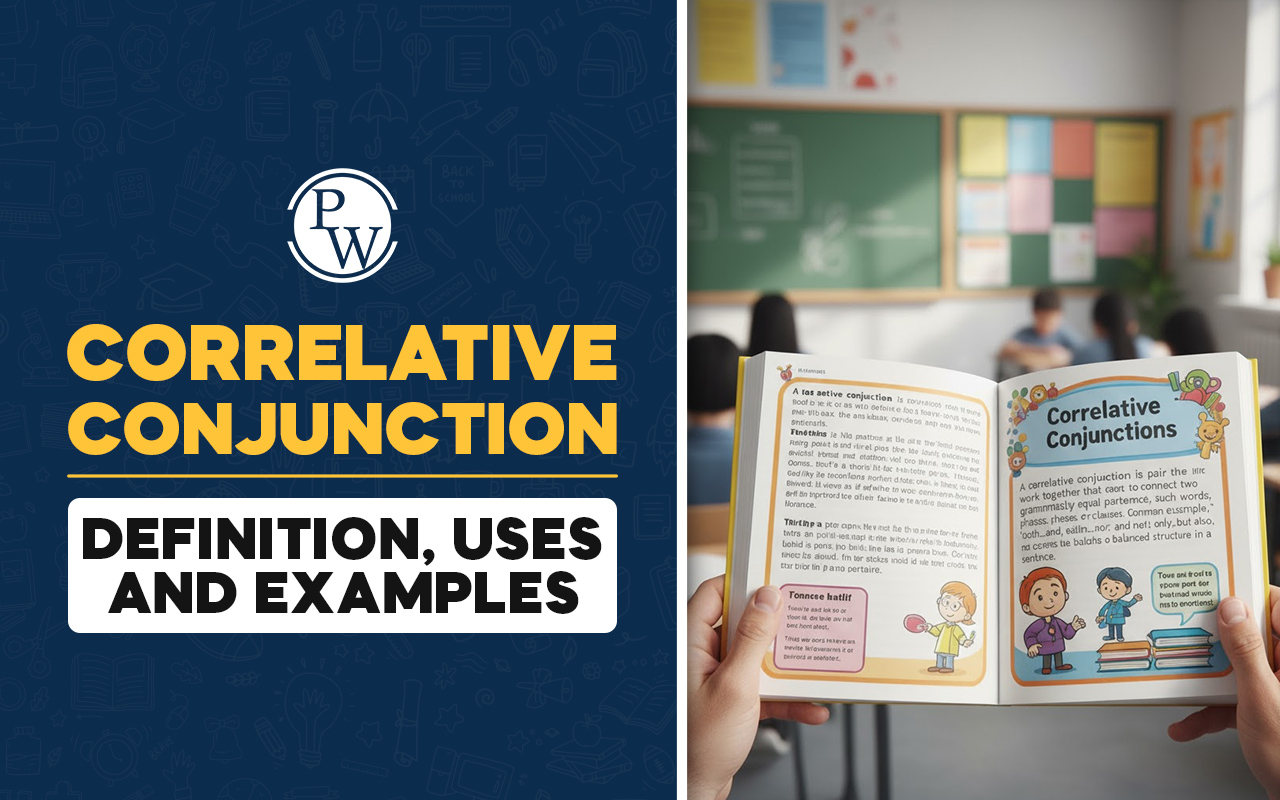
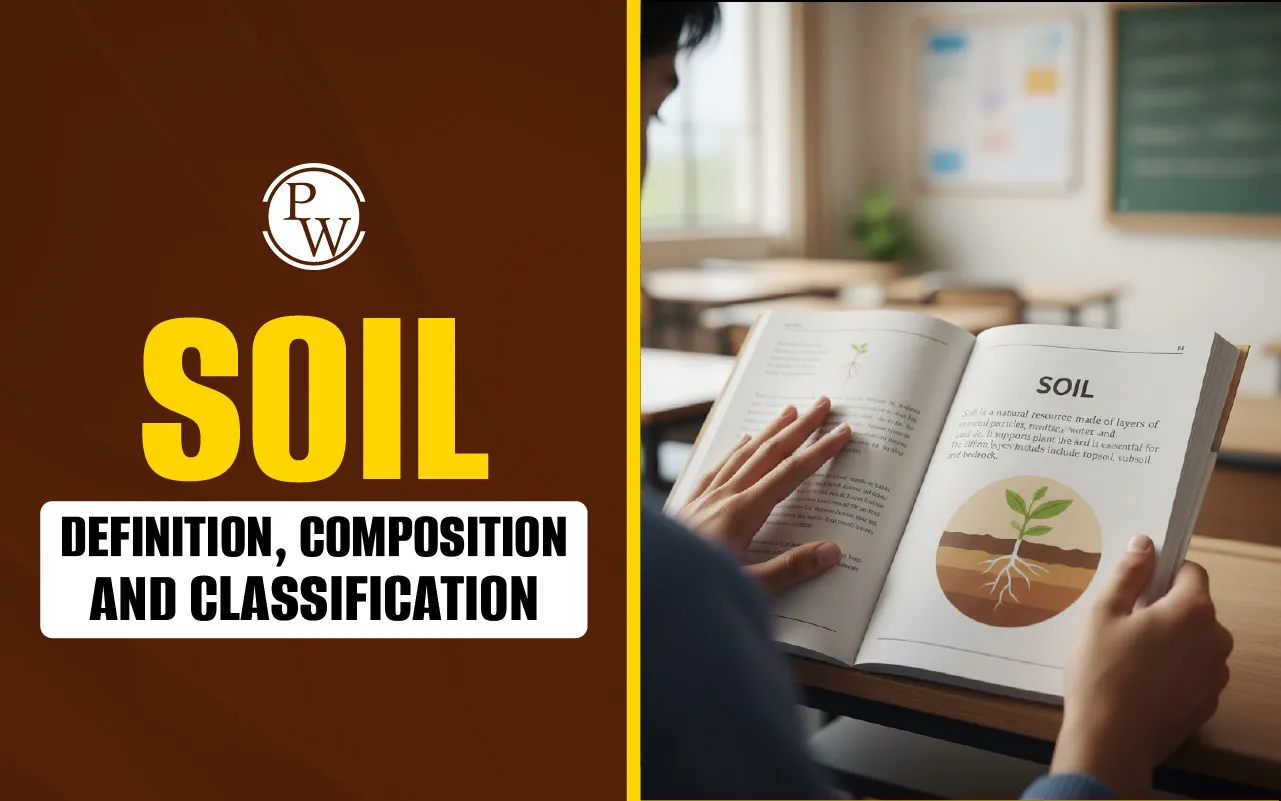
What is Soil?
Soil is the top layer of the Earth where plants grow. It may appear to be ordinary dirt, but it contains a mixture of tiny rocks, water, air, and both living and non-living matter. Soil is found in most land areas and serves many important purposes. It supports plant growth, provides homes for insects and small animals, and helps maintain balance in natural ecosystems.
Scientists study the nature and properties of soils to understand how soil changes from place to place and how it affects the environment.
Read More: Properties of Water
Composition of Soil
The composition of soil means what soil is made of. Soil is not just one thing. It is a mix of different parts that all work together to help plants grow and living things survive. Here are the four main parts of soil:
-
Minerals: These are tiny pieces of rocks that have broken down over time. Minerals are the biggest part of soil and give it structure and strength.
-
Organic Matter: This comes from dead plants and animals that have broken down into very small pieces. It helps make soil rich and healthy for growing plants.
-
Water: Water fills small spaces between soil particles. It carries nutrients that plants need to grow.
-
Air: Air also fills tiny spaces in the soil. It gives oxygen to plant roots and to small animals and insects living in the soil.
All these parts work together to form healthy soil that supports plants, animals, and people.
Properties of Soil
The properties of soil are the special features that make each type of soil different. These features help show what the soil can do and how good it is for growing plants. Here are some of the main properties:
-
Touch: Some soils feel rough like sand. Others feel sticky like clay or soft like powder.
-
Color: Soil comes in many colors such as black, brown, red, or yellow. The color depends on what is in the soil.
-
Wetness: Some soils stay wet for a long time. Others dry out quickly after it rains.
-
Plant Food: Soil has tiny bits of minerals that act like food for plants. Some soils have more of these than others.
-
Lumps and Spaces: Some soils are loose with lots of little spaces. Others are packed tightly in clumps. This affects how water and air move through the soil.
Understanding the properties of soil helps decide which soil is best for growing different kinds of plants.
Read More: Science Facts Happens in Daily Life
How is Soil Formed?
Soil forms slowly over many years. It begins with rocks that break down into tiny pieces. This breaking down is called weathering, and it happens in three main ways:
1. Mechanical Weathering
This happens when rocks break apart because of natural forces like wind, rain, sunlight, or freezing water. For example, when water gets into small cracks in a rock and freezes, it can make the crack bigger and slowly break the rock into smaller pieces.
2. Chemical Weathering
In this type of weathering, rocks break down because of chemical changes. Rainwater can mix with gases in the air to form weak acids. These acids react with the minerals in rocks and slowly change them into new substances. This helps form new soil particles.
3. Biological Weathering
Living things help break rocks too. Tree roots can grow into cracks in rocks and slowly push them apart. Tiny living things like bacteria and fungi can also release substances that make rocks weaker.
As time passes, these small rock pieces mix with water, air, and organic matter (from dead plants and animals). This mixture slowly becomes soil.
Read More: Different Types of Materials
Classification of Soil
Soil is not all the same. It looks and feels different in different places. Some soils are dry and crumbly, while others are sticky or smooth. The way soil is grouped based on how it looks, feels, and what it is made of is called the classification of soil.
There are four main types of soil:
1. Sandy Soil
Sandy soil has large grains that can be seen and felt easily. It feels rough when touched. Water moves through sandy soil very quickly, so it often dries out fast. It does not hold much water or nutrients, which makes it harder for plants to grow in it.
2. Clay Soil
Clay soil has very tiny grains packed tightly together. It feels smooth when dry and sticky when wet. Clay soil holds a lot of water and stays wet for a long time. But because it is packed so tightly, plant roots may have trouble getting air and spreading out.
3. Silt Soil
Silt soil is made of very fine grains. It feels soft and smooth, almost like powder. It holds more water than sandy soil and has more nutrients, which helps plants grow better. Silt soil is often found near rivers and lakes.
4. Loamy Soil
Loamy soil is a mix of sand, silt, and clay. It has a good mix of air, water, and nutrients. This type of soil is soft, holds water well, but also drains nicely. Because of its balance, loamy soil is often called the best soil for farming and gardening.
The classification of soil helps farmers, gardeners, and scientists know which soil is best for growing different crops or using for building and other land work.
The Nature and Properties of Soils
The phrase "the nature and properties of soils" means learning about what soil is made of, how it works, and why it matters to living things.
Soil is not made overnight. It takes hundreds of years for rocks to slowly break down through a process called weathering. Over time, small pieces of rock mix with water, air, and living things to become soil.
Soil has many jobs. It helps plants grow by holding water and nutrients. It also gives support for roots and homes for small animals and insects.
Different soils are useful in different ways. Sandy soil is good when water needs to drain quickly. Clay soil can be used to make items like bricks and pots because it sticks together easily.
Learning about the nature and properties of soils helps people understand how to use land in smart and helpful ways.
Also read: Motion And Time
Help Your Child Fall in Love with Science With CuriousJr Online Classes
Many children lose interest when lessons feel too fast or difficult to follow. Instead of understanding the subject, they often begin to memorise answers, which can lead to confusion.
CuriousJr’s Online Tuition Classes support learning in a way that makes the subject easier to follow and more enjoyable to explore.
-
Live sessions break topics into simple steps children can understand
-
Everyday examples help connect Science to real situations
-
Interactive activities help with remembering and applying concepts
-
A two-teacher system makes sure each child can ask questions and participate
-
Classes move at a pace that gives time to understand each topic
-
Parents receive regular progress updates and attend PTMs
-
The environment supports confidence and encourages learning
Book a demo class today to know more about our classes.

